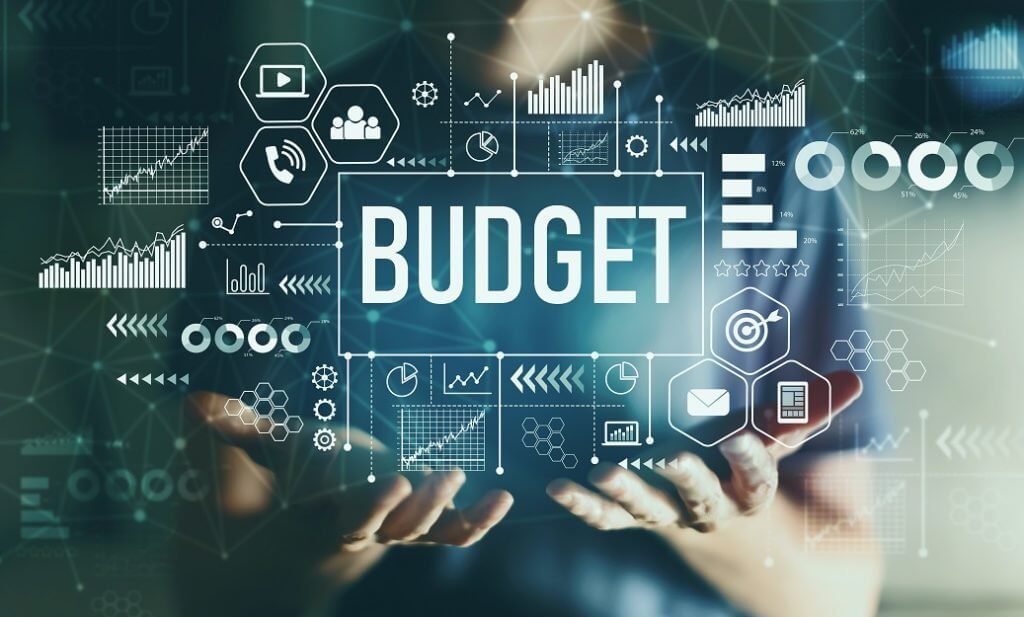I Started Doing Tech Budgets and You Should Too

Before I went to bed one night last month, I received a text message: “You have spent 459 rupees by debit card on Amazon”. I read the message and fell asleep. Later in the morning when I woke up I read the message again and wondered why 459 rupees was charged to my debit card. Then I checked the Amazon app and realized that I forgot to turn off auto-renew. Rs 459 is not a huge sum but it did pinch me badly when money was deducted from my account for a service I no longer use. That day I realized that I need to better understand my monthly expenses, especially the amount spent on services and applications. I’m not trying to be a personal finance expert, but I want to share my experience and some tips you can apply to better manage your tech budget.
Understand where your money goes
Whether you’re a student or a working professional, start paying attention to the fundamental building blocks of financial education. Nobody will tell you what is more important: a coffee in a café or paying the EMI of your smartphone before the due date? The point is to understand the benefits of financial education so you know where your money is going. Every penny matters. Until a few months ago, I was buying random old gadgets at OLX and because of that I ruined my finances. I still buy old gadgets, but now I look at my bank balance and review my spending before I buy something new.
Disney Hotstar Plus offers three tiers, and each plan costs more than the other.
Monthly budget allocation for streaming services
About a month ago, I logged into my savings account and started calculating the money I spent on subscriptions. In short, it was a shock, especially the fact that there were so many monthly subscriptions that I had forgotten about. It’s easy to sign up for subscription services, but it’s hard to keep using them or control what you spend on them.
First, let me tell you how many subscription services I have subscribed to:
apple music
netflix
Amazon Prime
Playstation Plus
Google Document
Alt Balaji
Zee5
Disney Hotstar Plus
Apple TV Plus
This is what I did to reduce my expenses on streaming and subscription services.
Identify the services you can cancel
Sit down for the weekend and find out which services to keep and which to cancel. For example, if you have signed up for Netflix and haven’t watched any shows that appeal to you lately, simply unsubscribe. It can save you Rs 499 a month. Instead, save the money for another important financial goal, like traveling or paying EMI for the laptop you just bought. The good thing about these services is that you can come back at any time and resume whenever there is a show that is interesting enough.
It’s easy to sign up for subscription services, but it’s hard to keep using them or control what you spend on them.
Choose the basic subscription level
I know people whose only mode of entertainment is access to Netflix or Amazon Prime since they don’t have cable at home. I will tell them to choose the basic subscription level, not premium and save some money. Netflix, for example, costs 149 rupees for a mobile-only plan. Opting for that plan makes a lot of financial sense if your viewing is limited to mobile devices. Before you subscribe to any service, ask yourself if you really need the super premium subscription plan. For example, Disney Hotstar Plus offers three tiers, with each plan costing more than the other. Its Rs 1,499 annual plan is meaningless if you don’t have a 4K TV at home, but four people can log in with the same account and enjoy ad-free content.
The Apple One bundle brings together Apple’s premium service offerings, like Apple Music and Apple Arcade, at a discount.
Find a combo plan
Instead of subscribing to individual services, opt for a package that brings many services under one umbrella. I don’t know if you’ve heard of Apple One, it’s a service bundle that brings together Apple’s premium service offerings like Apple Music and Apple Arcade at a discount. I recently subscribed to the individual Apple One plan, where I got access to Apple Music, Apple TV Plus, Apple Arcade and 50GB of iCloud storage, all for Rs 195 a month. Previously, you paid for Apple Music and Apple Arcade individually, with both services costing more than Rs 200 per month. Another reason to pick up the Apple One bundle is Breakthrough on Apple TV Plus, a show I’m currently hooked on.
Dedicate a monthly budget
This is probably the biggest lesson I’ve learned about money in the last decade. Budgeting not only helps you reach your financial goals if you stick to it, but documenting all expenses incurred in a month is a smarter decision in the long run. Here’s how to do it.
A lump sum for streaming services:
Commit a budget that you need to spend on streaming and subscription services. A simple way to split it is by using the 50/20/30 budget rule. Essentially, you are dividing your income into three parts: 50% of your income goes to basic needs (house rent, groceries, etc.), 20% goes to savings (and paying off debts), and 30% is spent on personal use (eating out, streaming services, etc.). If it works, a monthly budget will give you a lot of flexibility. In my case, I am clear about what services I want to use and based on that I am dedicating a monthly budget. For me, the biggest challenge is getting into the habit of knowing how much I have to spend each month.
Track where your money goes :
Write it down on paper, keep a spreadsheet or use budgeting apps, and write down every expense you have for a month. The ability to make better financial decisions is what you need to learn, and fast too.
Try using budget apps to keep track of all your streaming services and apps on the go. (Image credit: Billbot/screenshot)
Sort your expenses by type:
I may be paying a little more on PlayStation Plus, but I don’t have to pay bank or credit card companies for a new iPhone 13 in monthly installments. I am free to cancel the PlayStation Plus subscription any day, but you do not have the option to skip the monthly fee and pay later.
Allow room for flexibility in your budget:
I’ve seen people enthusiastically set a monthly budget but can’t stick to a budget when their income isn’t stable. This is the harsh reality. Budgeting can be very difficult when your income is not stable or your expenses are constant. You know you are planning a trip to Dharamshala, so your tech budget needs to be done accordingly. Can I reduce a Spotify premium subscription for three months and use that money to rent a bike? Understand that your income or expenses vary monthly. You don’t have to reduce everything; It’s about priorities in life.




